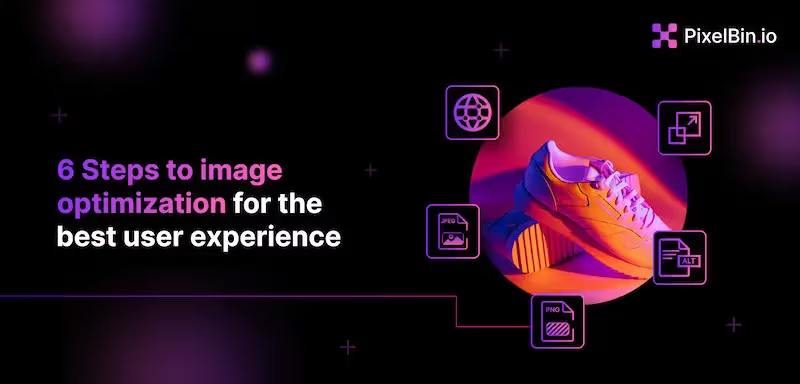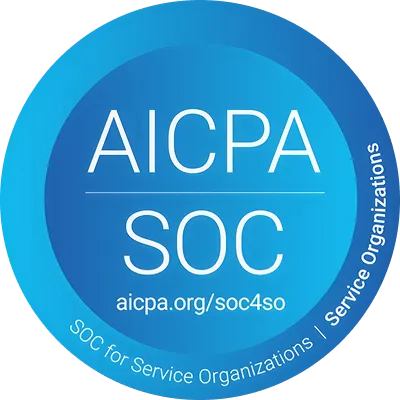In a world where images are everything, it's important to make sure that your website is using images that are optimized for the best user experience. Images should be clear, concise, and easy to understand. They should also be able to load quickly so that users don't have to wait long for them to appear on their screen. Image optimization is an important part of creating a positive user experience on your website.
Luckily, there are a few things you can do to optimize your images for the web. By following certain optimization measures, you can ensure that your website's images are helping, rather than hindering, your visitors' experience. This guide will show you how to make your site faster and more profitable with some simple changes.
Here's our guide that would help improve your website's performance in all aspects.
1. Use a Content Delivery Network (CDN)
A Content Delivery Network (CDN) is a network of servers that are spread out across multiple geographic locations. These servers work together to deliver media assets, such as images, videos, and other website content, to users based on their geographical location. Utilizing a CDN can significantly improve your website's page load times by serving content from a server that is near the user, reducing latency and improving the overall user experience. This is particularly beneficial if your website caters to a global audience, as it helps to ensure that users worldwide can access your content quickly and efficiently.
2. Remove Cumulative Layout Shift (CLS)
E-commerce websites often compress images while uploading, which can result in a decrease in image quality. If you want your product images to look their best, it is advisable to remove the default compression. By making a small tweak to your website's code, you can achieve this goal.
Not only will this enhance your website's visual appeal, but it will also improve page load time, leading to a better user experience. Additionally, removing image compression can help search engines index your content more easily, thereby increasing your website's visibility in search results.
3. Choose the Right File Format
To optimize your website's images, the first step is to select the appropriate file format. The most commonly used formats for web images are JPEG, PNG, and WebP. JPEG is an excellent option for pictures and images with a wide range of colors. In contrast, PNG is suitable for graphics with fewer colors and simpler designs.
If you're looking to save server space, WebP is an excellent choice as it preserves the sharpness of the original image while significantly reducing the file size through compression. By selecting the right file format, you can ensure that your website's images are optimized for fast loading and high-quality display, regardless of their complexity.
4. Resize and Compress Your Images
When uploading images to your website, it's crucial to resize them appropriately. If an image is too big, it can take a long time to load, which can slow down your website's performance. Conversely, if an image is too small, it will look grainy and unclear on the screen. Therefore, it's important to strike a balance between image quality and file size when resizing your images.
After resizing your images and saving them in the correct file format, it's recommended to compress them. Compression reduces the size of your image files, making them take up less space on your server. It's important to note that compressing your images should not compromise their quality. Therefore, you should use an appropriate compression technique that maintains image quality while reducing file size.
5. Add Alt Text to Your Images
Alt text plays a crucial role in optimizing your images for better website performance. Including descriptive alt text for your images not only improves accessibility for visually impaired users but also helps search engines understand the context of your images and index them correctly. This, in turn, can improve your website's overall search engine optimization (SEO) and increase your chances of appearing in relevant search results.
Additionally, optimized images with descriptive alt text can lead to a better user experience by helping users understand the content of your images, which can increase engagement and reduce bounce rates. Therefore, it's important to take the time to write meaningful alt text for your images to help improve your website's performance and user experience.
6. Use Responsive Images
Optimizing images is critical for improving website performance, and one of the latest trends in image optimization is using responsive images. Responsive images adapt to the size of the device on which they are being viewed, ensuring that only the necessary image size is loaded for that device.
By doing this, the website's load time is significantly improved, which is especially beneficial for mobile devices with limited bandwidth and processing power. This optimization technique ensures that users can view high-quality images on their devices without sacrificing page load times or user experience. Implementing responsive images is a highly effective way to optimize images for better website performance.
Conclusion
Optimizing images for the web doesn't have to be difficult or time-consuming. By choosing the right file format, ensuring the images are the right size, and adding descriptive filenames and alternate text, you can enhance your website's performance and improve your user experience.
Large images slow down your website, while small images appear pixelated, reducing their visual appeal. Hence, optimizing images helps search engines understand their content, increasing their visibility in search results. With these simple steps, you can optimize your images, improve your website's performance, and create a better user experience.








